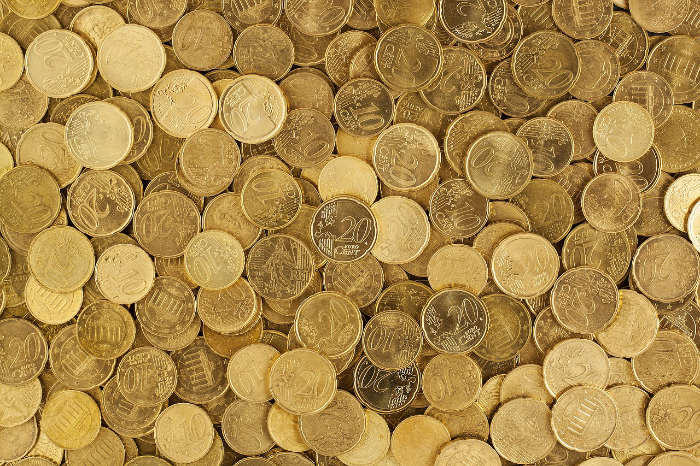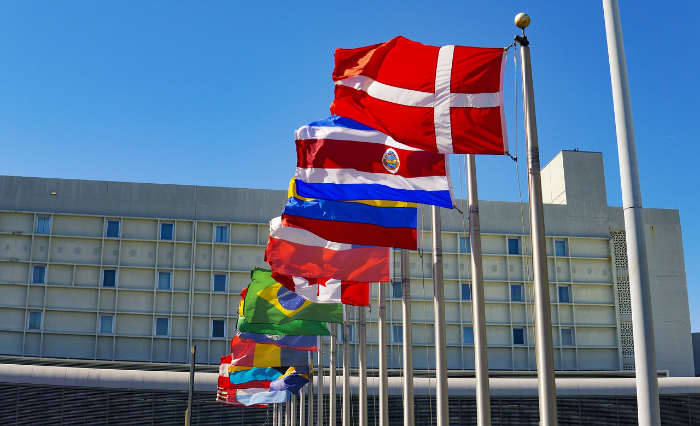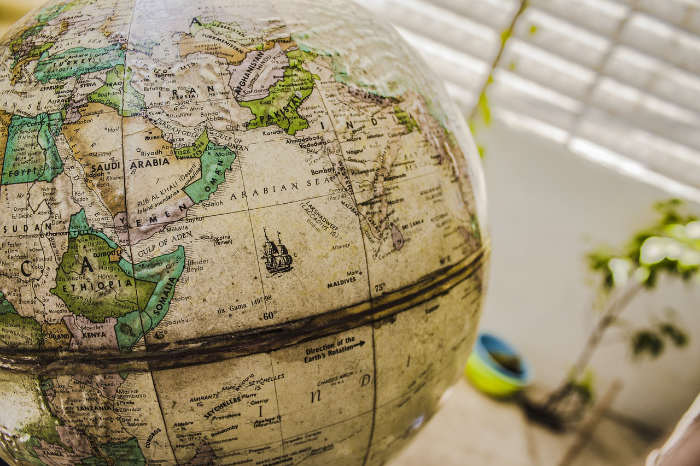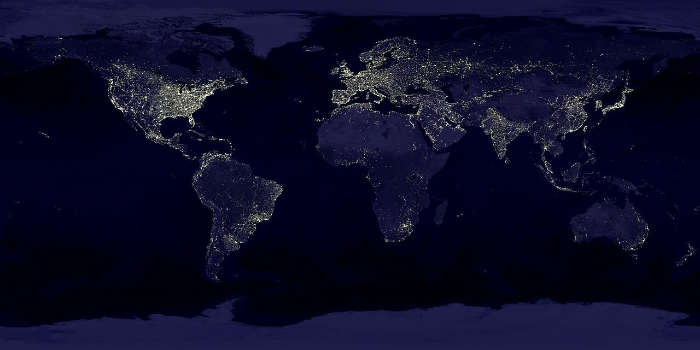High-Income Countries 2025

Lower Middle
Reclassified (high income)
Reclassified (low income)
Unclassified since 2021 (lack of data)
Upper Middle
World Bank Lending Group
Country | World Bank Lending Group 2024↓ | |
|---|---|---|
| Russia | Reclassified (high income) | |
| Bulgaria | Reclassified (high income) | |
| Palau | Reclassified (high income) | |
| China | Upper Middle | |
| Indonesia | Upper Middle | |
| Brazil | Upper Middle | |
| Mexico | Upper Middle | |
| Iran | Upper Middle | |
| Turkey | Upper Middle | |
| Thailand | Upper Middle | |
| South Africa | Upper Middle | |
| Colombia | Upper Middle | |
| Algeria | Upper Middle | |
| Iraq | Upper Middle | |
| Argentina | Upper Middle | |
| Ukraine | Upper Middle | |
| Malaysia | Upper Middle | |
| Peru | Upper Middle | |
| Kazakhstan | Upper Middle | |
| Guatemala | Upper Middle | |
| Ecuador | Upper Middle | |
| Dominican Republic | Upper Middle | |
| Cuba | Upper Middle | |
| Azerbaijan | Upper Middle | |
| Belarus | Upper Middle | |
| Turkmenistan | Upper Middle | |
| Libya | Upper Middle | |
| Paraguay | Upper Middle | |
| Serbia | Upper Middle | |
| El Salvador | Upper Middle | |
| Lebanon | Upper Middle | |
| Costa Rica | Upper Middle | |
| Georgia | Upper Middle | |
| Mongolia | Upper Middle | |
| Bosnia and Herzegovina | Upper Middle | |
| Namibia | Upper Middle | |
| Moldova | Upper Middle | |
| Armenia | Upper Middle | |
| Jamaica | Upper Middle | |
| Albania | Upper Middle | |
| Gabon | Upper Middle | |
| Botswana | Upper Middle | |
| Equatorial Guinea | Upper Middle | |
| North Macedonia | Upper Middle | |
| Mauritius | Upper Middle | |
| Fiji | Upper Middle | |
| Suriname | Upper Middle | |
| Montenegro | Upper Middle | |
| Maldives | Upper Middle | |
| Belize | Upper Middle | |
| Saint Lucia | Upper Middle | |
| Seychelles | Upper Middle | |
| Grenada | Upper Middle | |
| Tonga | Upper Middle | |
| Saint Vincent and the Grenadines | Upper Middle | |
| Dominica | Upper Middle | |
| Marshall Islands | Upper Middle | |
| Tuvalu | Upper Middle | |
| India | Lower Middle | |
| Pakistan | Lower Middle | |
| Nigeria | Lower Middle | |
| Bangladesh | Lower Middle | |
| Egypt | Lower Middle | |
| Philippines | Lower Middle | |
| Vietnam | Lower Middle | |
| Tanzania | Lower Middle | |
| Kenya | Lower Middle | |
| Myanmar | Lower Middle | |
| Angola | Lower Middle | |
| Morocco | Lower Middle | |
| Uzbekistan | Lower Middle | |
| Ghana | Lower Middle | |
| Ivory Coast | Lower Middle | |
| Cameroon | Lower Middle | |
| Nepal | Lower Middle | |
| Sri Lanka | Lower Middle | |
| Zambia | Lower Middle | |
| Senegal | Lower Middle | |
| Cambodia | Lower Middle | |
| Zimbabwe | Lower Middle | |
| Guinea | Lower Middle | |
| Benin | Lower Middle | |
| Bolivia | Lower Middle | |
| Tunisia | Lower Middle | |
| Haiti | Lower Middle | |
| Jordan | Lower Middle | |
| Honduras | Lower Middle | |
| Tajikistan | Lower Middle | |
| Papua New Guinea | Lower Middle | |
| Laos | Lower Middle | |
| Kyrgyzstan | Lower Middle | |
| Nicaragua | Lower Middle | |
| Republic of the Congo | Lower Middle | |
| Palestine | Lower Middle | |
| Mauritania | Lower Middle | |
| Lesotho | Lower Middle | |
| Timor-Leste | Lower Middle | |
| Eswatini | Lower Middle | |
| Djibouti | Lower Middle | |
| Comoros | Lower Middle | |
| Solomon Islands | Lower Middle | |
| Bhutan | Lower Middle | |
| Cape Verde | Lower Middle | |
| Vanuatu | Lower Middle | |
| Sao Tome and Principe | Lower Middle | |
| Samoa | Lower Middle | |
| Kiribati | Lower Middle | |
| Micronesia | Lower Middle | |
| South Sudan | Reclassified (low income) | |
| Venezuela | Unclassified since 2021 (lack of data) |
- World Bank’s income categories are updated at the start of each financial year (which runs July to June) and are based upon the most recently released data, which tends to be 1.5 years previous.
- For example, the 2025 financial year rankings were released in mid-2024 and were based upon data from 2023.
- World Bank GNI per capita income thresholds for FY2025:
- Low income: <= $1,145 ($1,135 for FY2024)
- Lower middle income: $1,146-4,515 ($1,136-4,465 for FY2024)
- Upper middle income: $4,516-14,005 ($4,466-13,845 for FY2024)
- High income: > $14,006 ($13,845 for FY2024)
- GNI data for Turkmenistan, South Sudan, and Venezuela may be from latest available year rather than current financial year.
Arguably the single most influential factor in determining the quality of life in a given country is its economic health. The World Bank, a global organization dedicated to ending extreme poverty all over the world, divides countries into four categories, known as World Bank Country and Lending Groups, based upon their Gross National Income (GNI) per capita. For the 2024 financial year, the WBC Lending Group boundaries are as follows:
- Low-income economies — GNI per capita of up to $1,135 (in USD)
- Lower-middle-income economies — GNI per capita of $1,136 to $4,465
- Upper-middle-income economies — GNI per capita of $4,466 to $13,845
- High-income economies — GNI per capita of $13,846 or more
For the 2024 financial year, the World Bank placed 86 countries and territories in the high-income category. Many countries, such as the United States, have consistently ranked as high income since the 1980s, and others have moved in. For instance, the 2024 group sees the addition of American Samoa and Northern Mariana Islands.
GNI per Capita Explained
GNI per capita is essentially a measure of a nation’s total income divided by the number of people in that country. A country’s overall gross national income (GNI) is very similar to gross national product (GNP), an older metric GNI has largely replaced. GNI is calculated by starting with a country’s gross domestic product (GDP), then adding money its citizens and businesses have brought in from other countries and subtracting money taken out of the economy by businesses and investors based in other countries. Once a country’s GNI has been calculated, it is divided by that country’s population to determine its GNI per capita. GNI offers little insight into a country’s income inequality but is nonetheless considered one of the most important at-a-glance assessments of a country’s economic health.
The Relationship between Income and Development
While World Bank classifies countries by income, the United Nations groups countries by their level of overall development. There is, however, a high degree of correlation between the two systems, as development often runs parallel to income. As a rule, countries classified as high income by World Bank correspond to those deemed developed countries by the United Nations. Upper-middle- and lower-middle-income countries roughly correspond to the United Nations’ developing countries, and World Bank’s low-income countries list includes many of what the United Nations would consider the least-developed or (less commonly) underdeveloped countries.



















